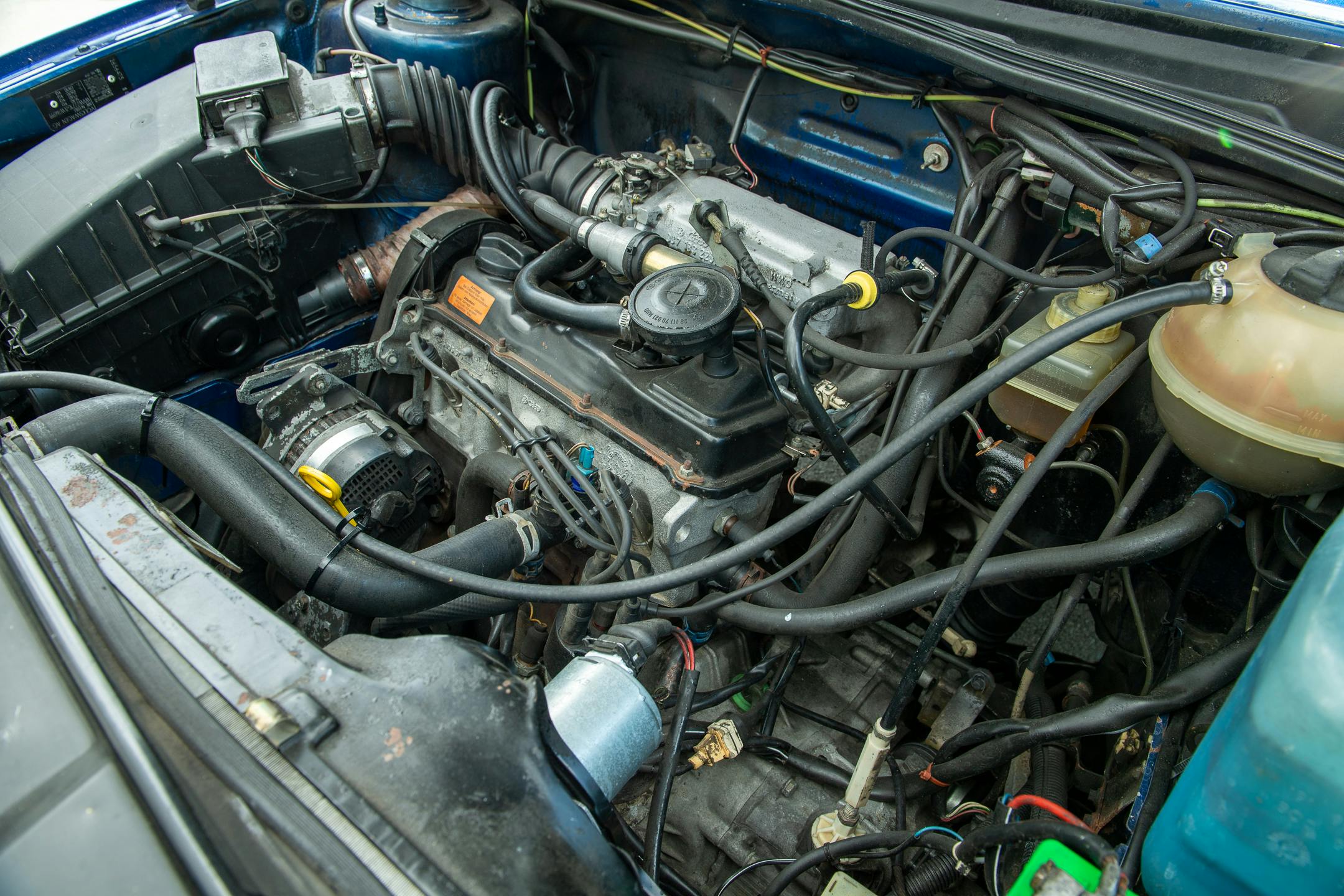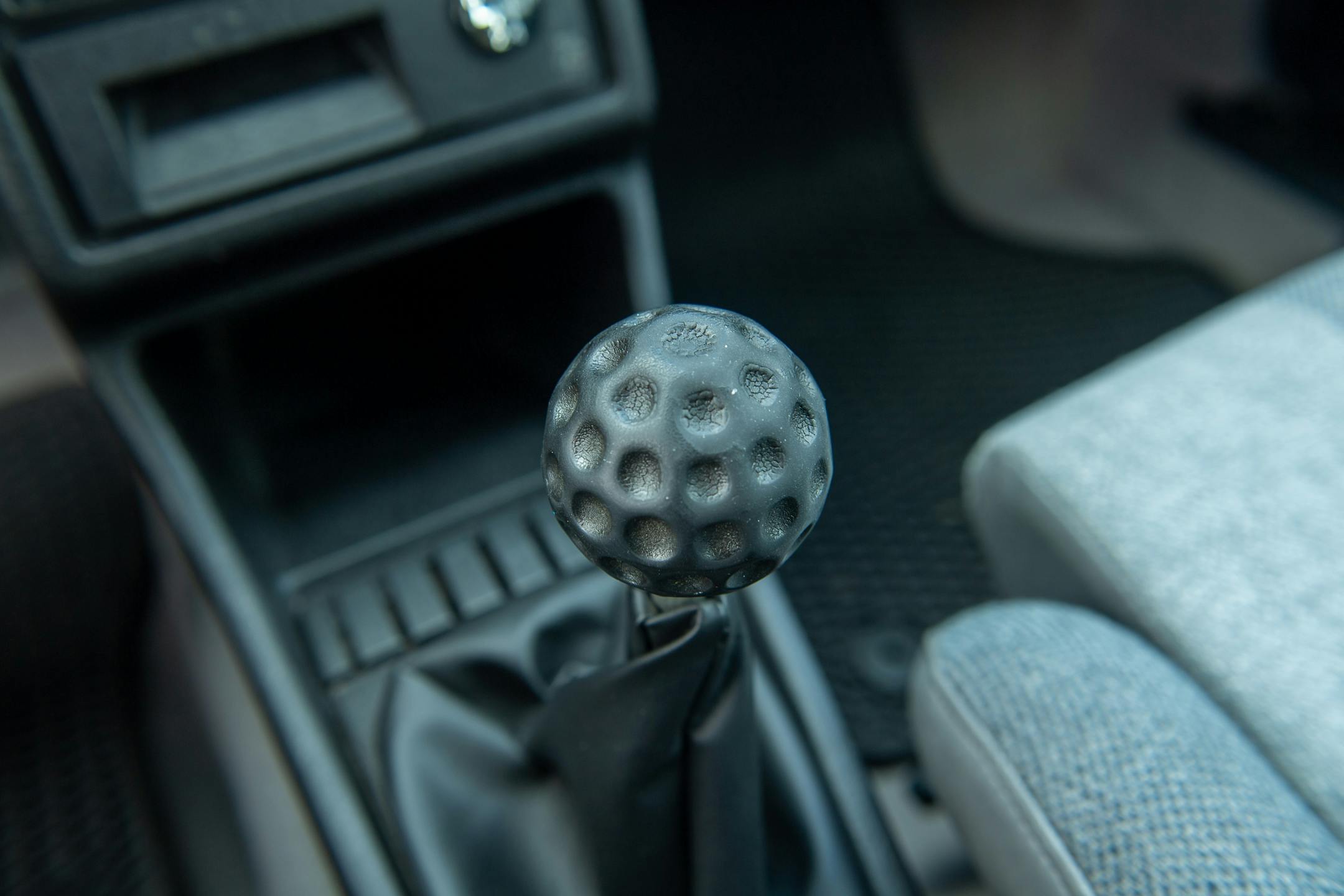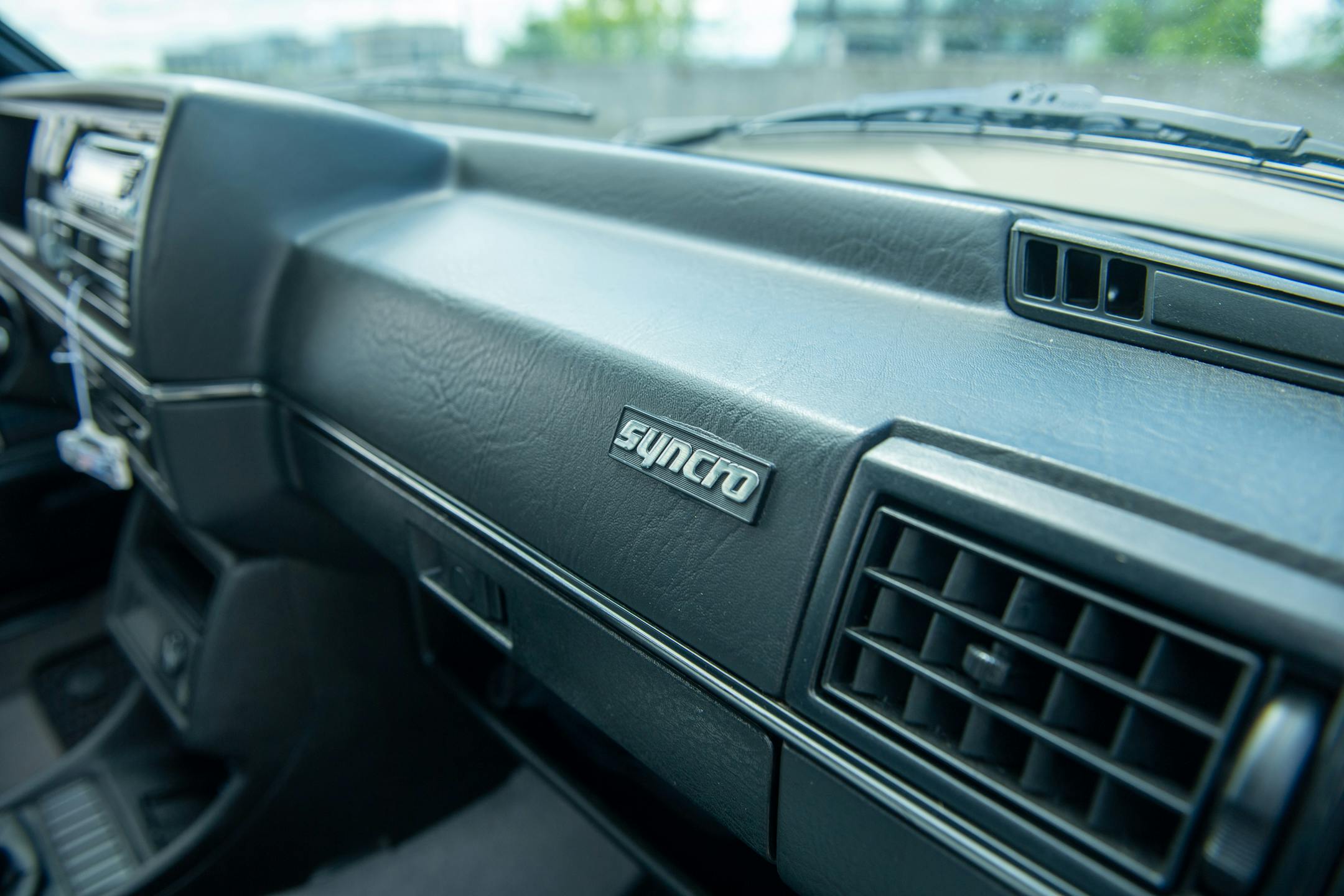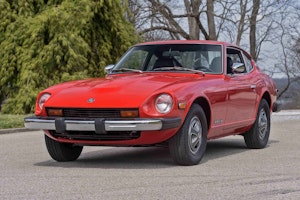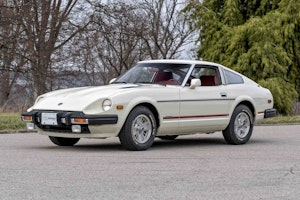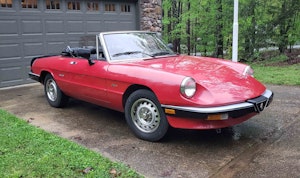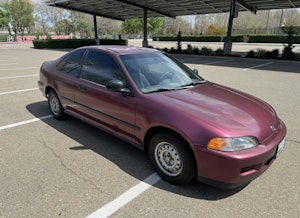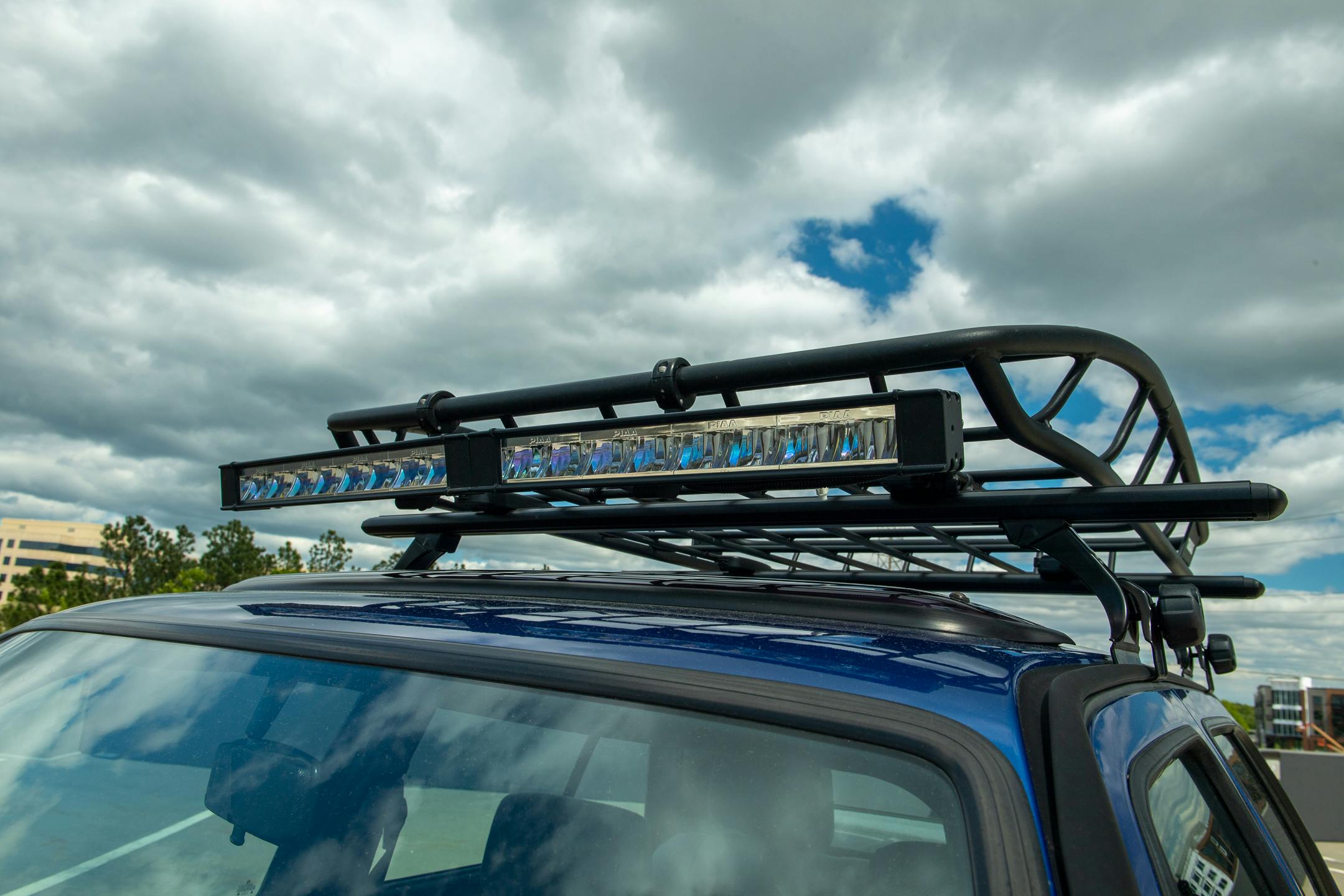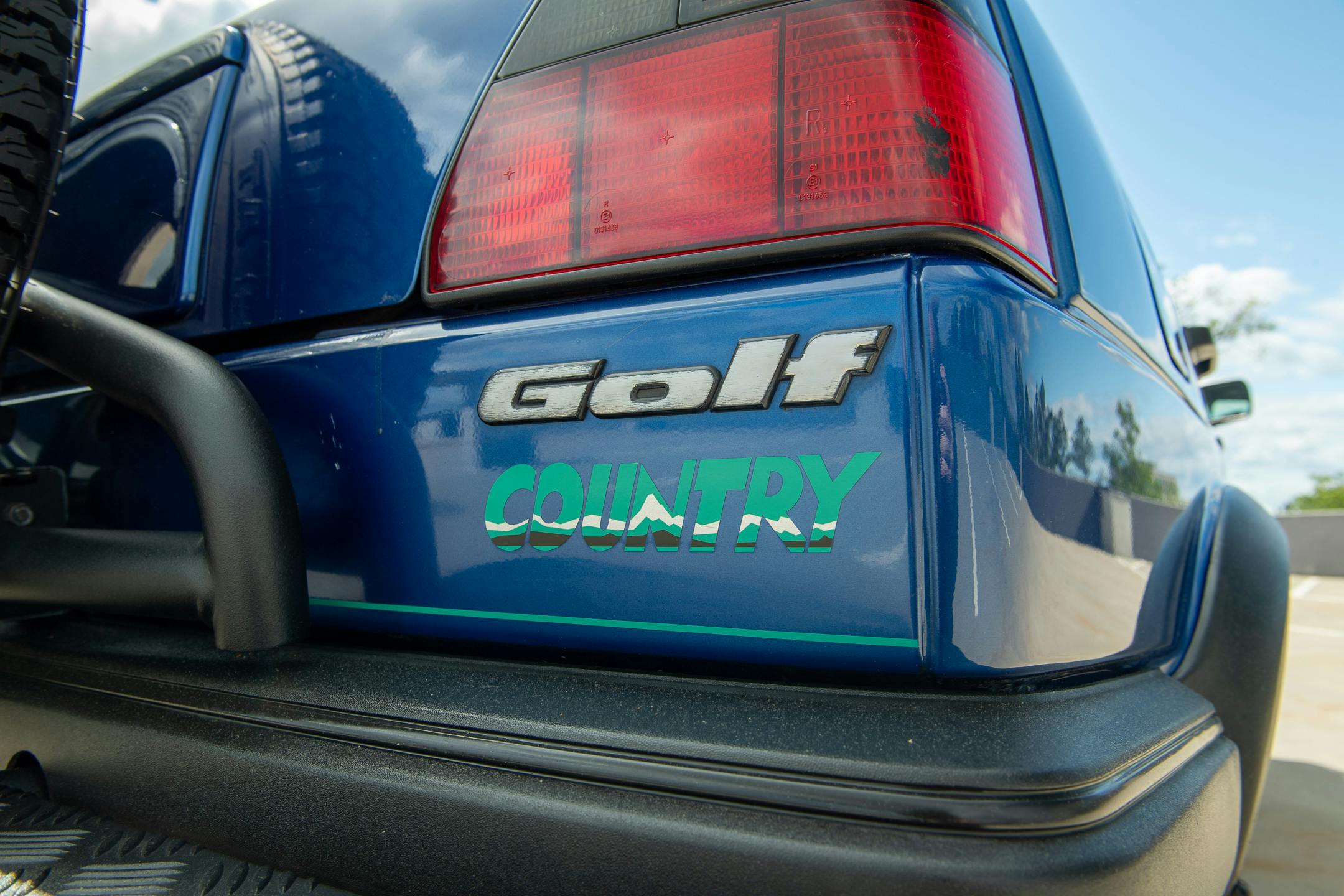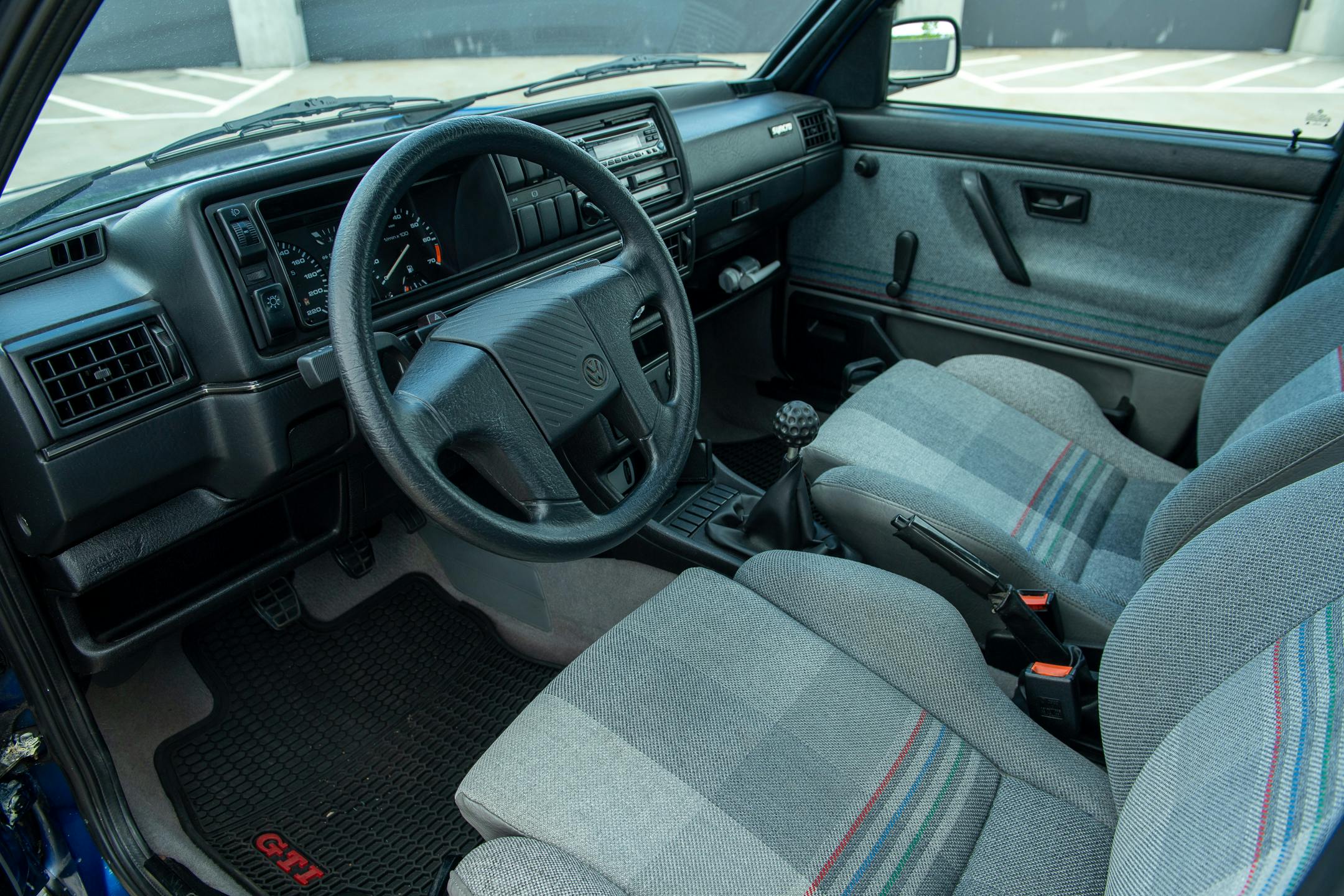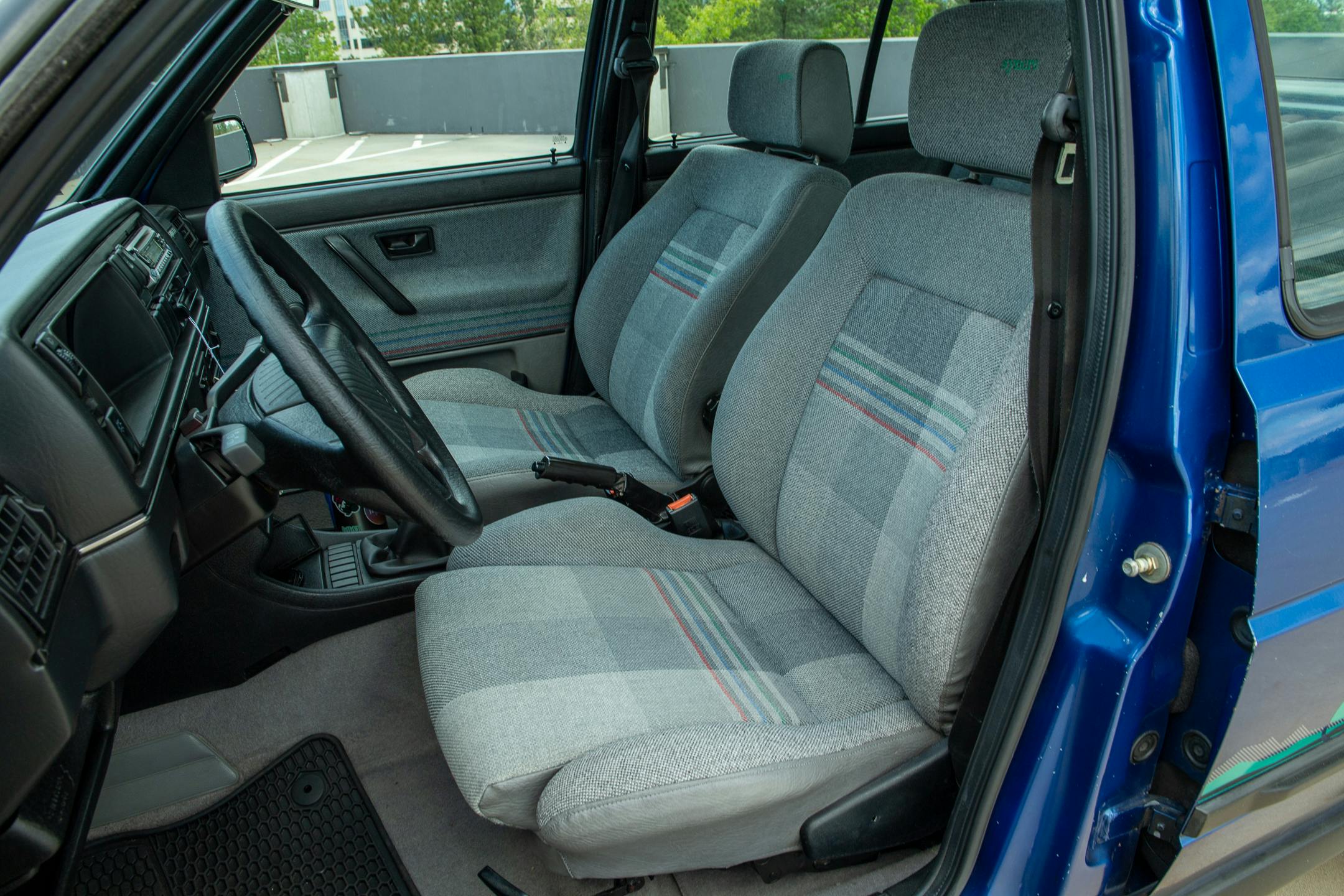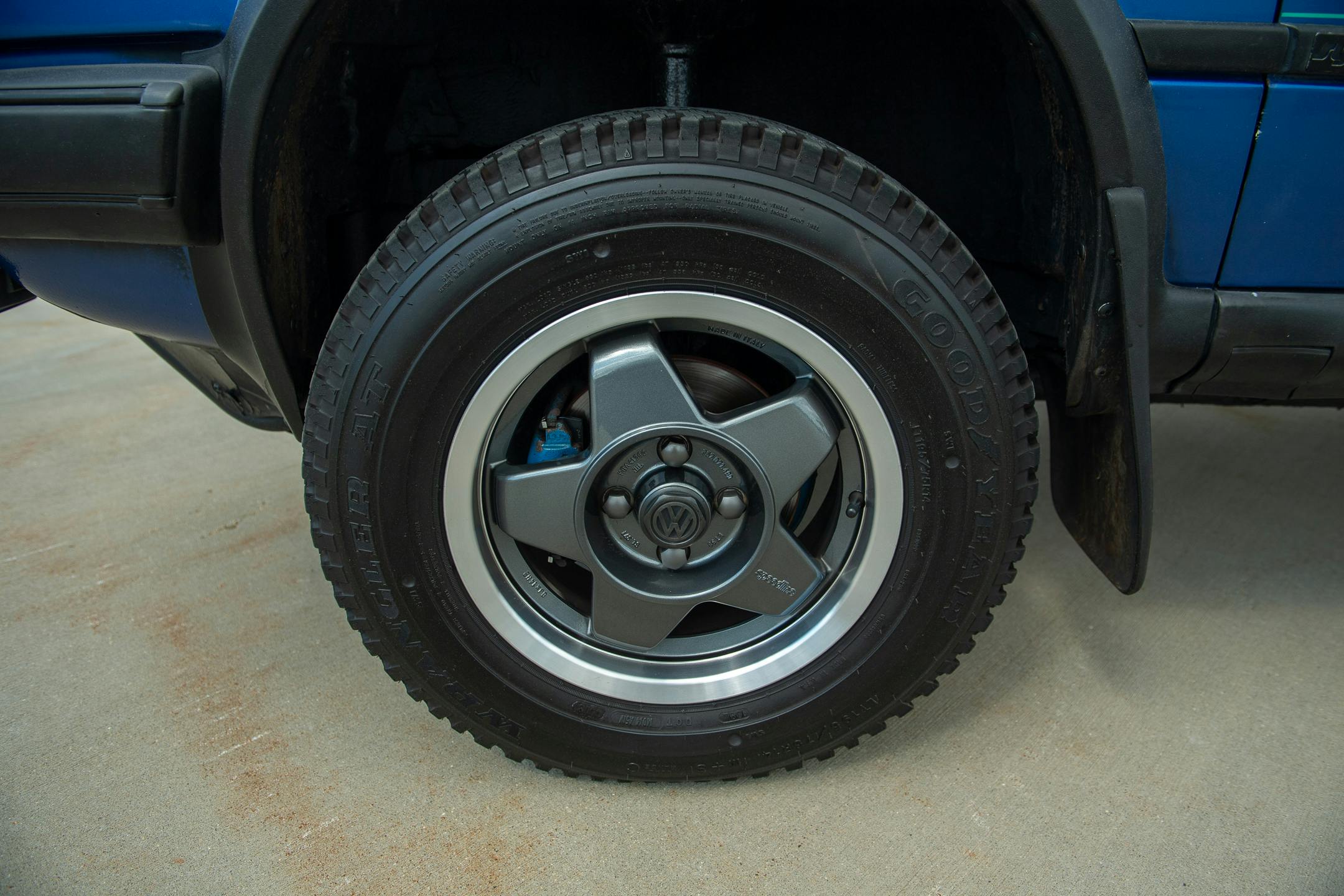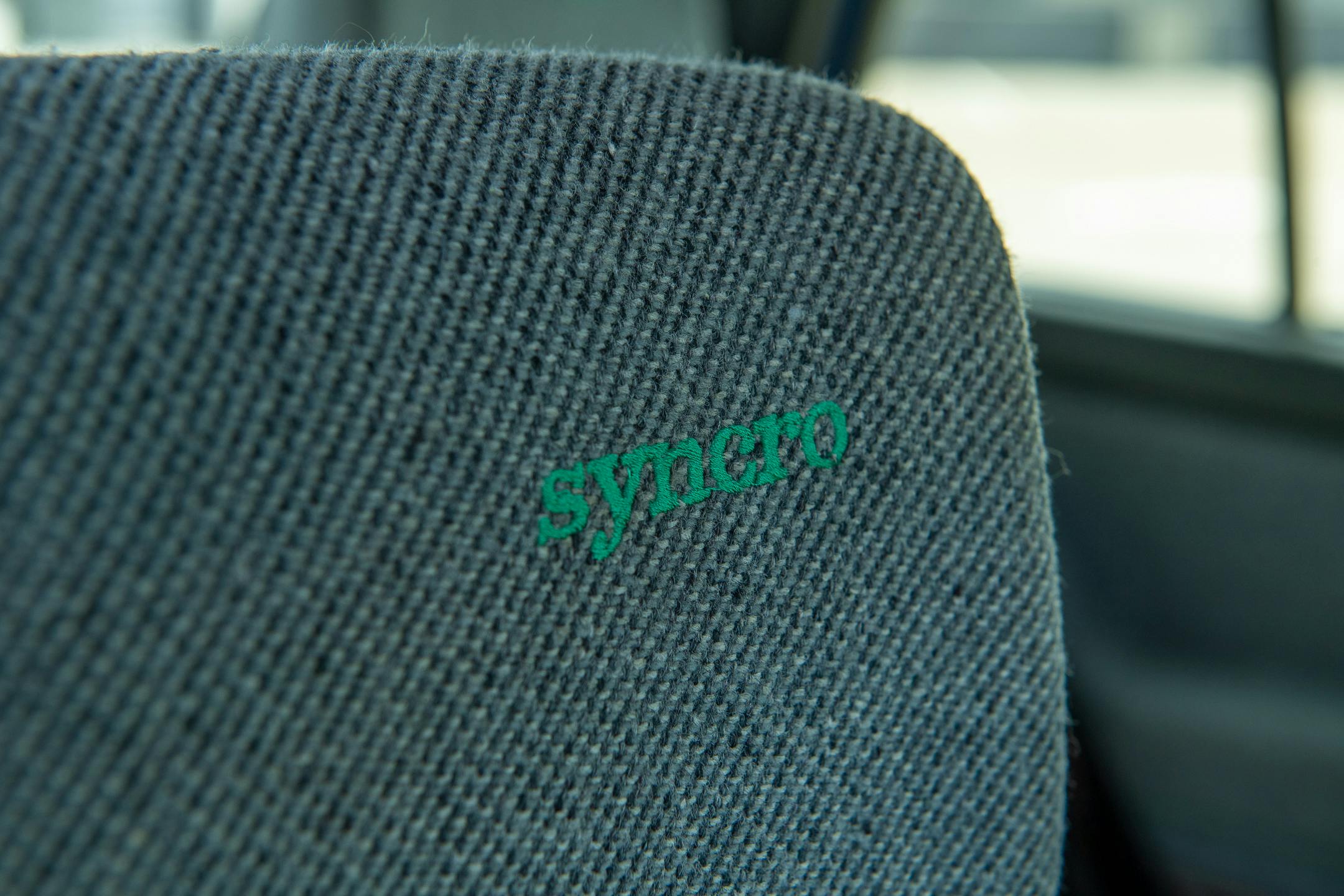Media | Articles
The Volkswagen Golf Country was an all-terrain hatchback before crossovers ruled the roads
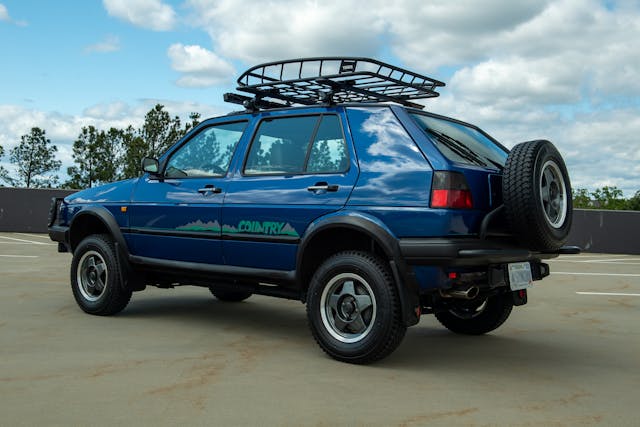
Somewhere in a distant and parallel universe, the conveniences and amenities of the modern automobile don’t exist. Things like technology, safety, and connectivity simply don’t register with buyers; they’re only interested in the least amount of “thing” possible to allow them to execute their vehicular needs and goals. Most of them drive a Volkswagen Golf Country.
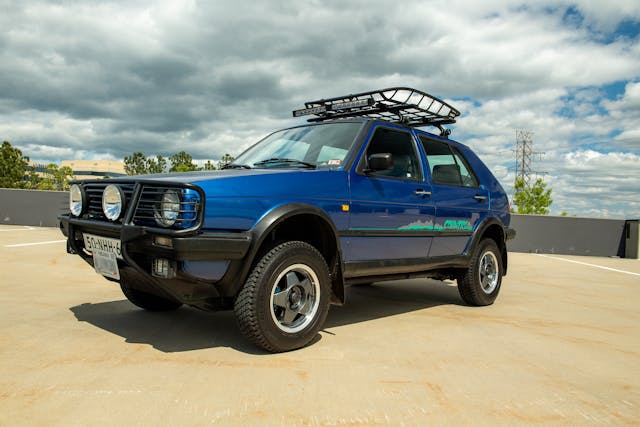
In the world that we live in, the Golf Country started life as the Volkswagen Montana concept, which debuted at the 1989 Geneva Motor Show. Actually, it was just an Mk II Golf with a lifted suspension and an all-wheel-drive system beneath it. VW wasn’t actually going to build it. At least, not until 1990, when dealers started calling about the hordes of people at their doors looking to buy this exact product.
Thus, one of the world’s first crossover SUVs was born, four years before segment stalwarts like the Toyota RAV4 broke cover.
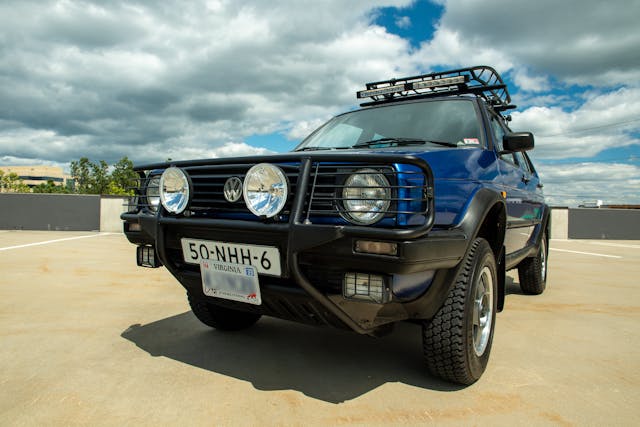
What looks like every second car on the road today was, at the time, a slightly unconventional shape. Then, so was the manufacturing process: All-wheel-drive Golf Synchros were shipped pre-assembled to the Steyr-Daimler-Puch factory in Graz Austria—the same folks responsible for the original Mercedes-Benz G-Wagen. There, the Synchros were transformed into Golf Country models, using a total of 438 unique parts. Among the exclusive parts: a revised suspension to accommodate the 4.72-inch lift that the Golf received, front and rear bumper bars, a rear-mounted tire carrier, four more auxiliary lights, killer stickers, and a smattering of underbody armor—including some badass sleeves to protect each of the CV joints.
Marketplace
Buy and sell classics with confidence
Left untouched, the drivetrain of the Synchro—a 1.8-liter, 97-horsepower engine would have had a tough time handling all that extra weight. Thankfully, VW had the foresight to lower the gearing in the five-speed manual to allow these lifted hatches to maintain their peppy driving demeanor. Predictably, the elevated center of gravity added some body-roll to the cornering behavior.
In that parallel universe, there would hundreds of thousands of Golf Country VWs out there; in ours, the number doesn’t even break five figures. From 1990–91, just 7735 vehicles were produced, making a Golf Country sighting a rare occurrence. Even so, Volkswagen also opted to make a few special editions.
The first, creatively dubbed the “Chrome,” swapped the black bumpers and wheels for—you guessed it—chrome ones and also received a nicer interior. Just 588 Golf Country Chrome editions saw the light of day, each commanding a heftier price tag over their normie (but not really that normal) black-bumpered siblings. The ultimate rarity within the Golf Country family was the Wolfsburg Edition. If the standard 1.8-liter engine just wasn’t cutting the mustard for you, the Wolfsburg Edition came with the 16-valve GTI engine beneath the hood.
While the Gold Country was technically legal for import into the U.S., very few made their way stateside. Accordingly, it’s rare to see one up for sale. However, one did sell earlier this year on Bring a Trailer—the 1991 example with aftermarket wheels netted $13,320, including dealer premium.
While Volkswagen has moved on to real, bonafide crossovers like the Atlas Cross Sport and the Tiguan, it’s always fun to imagine the parallel universe where those seeing an adventurous version of The People’s Car got to choose something like the Golf Country instead.
Would you drive a Golf Country? Let us know on the Hagerty Community.
